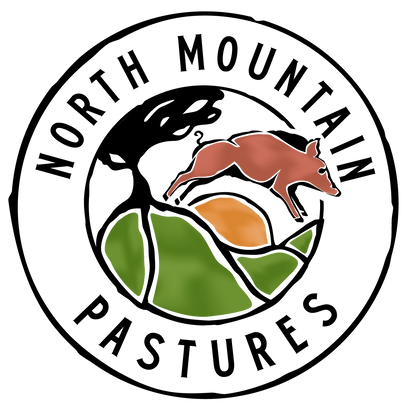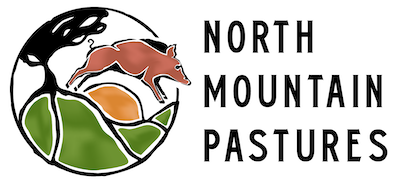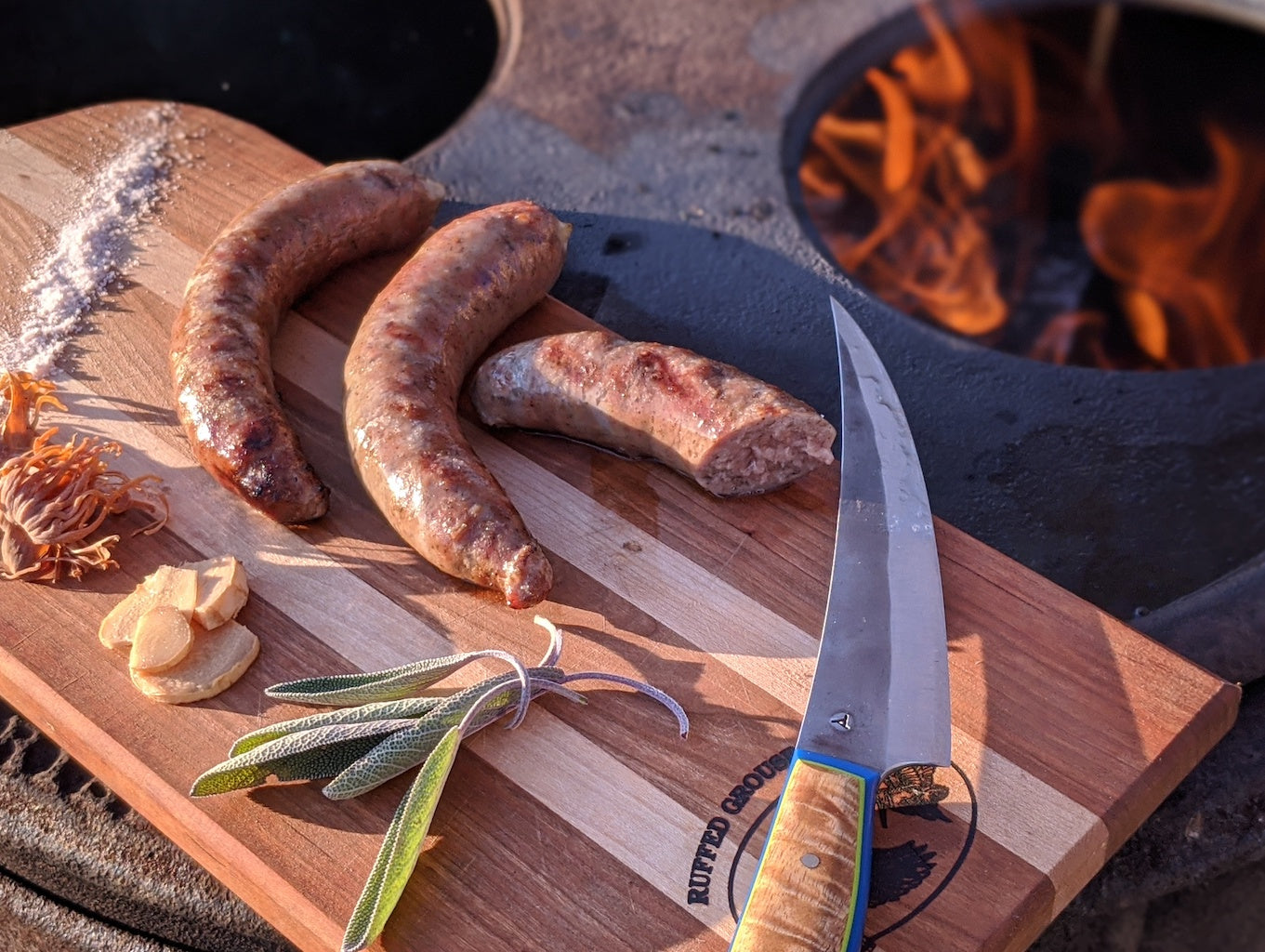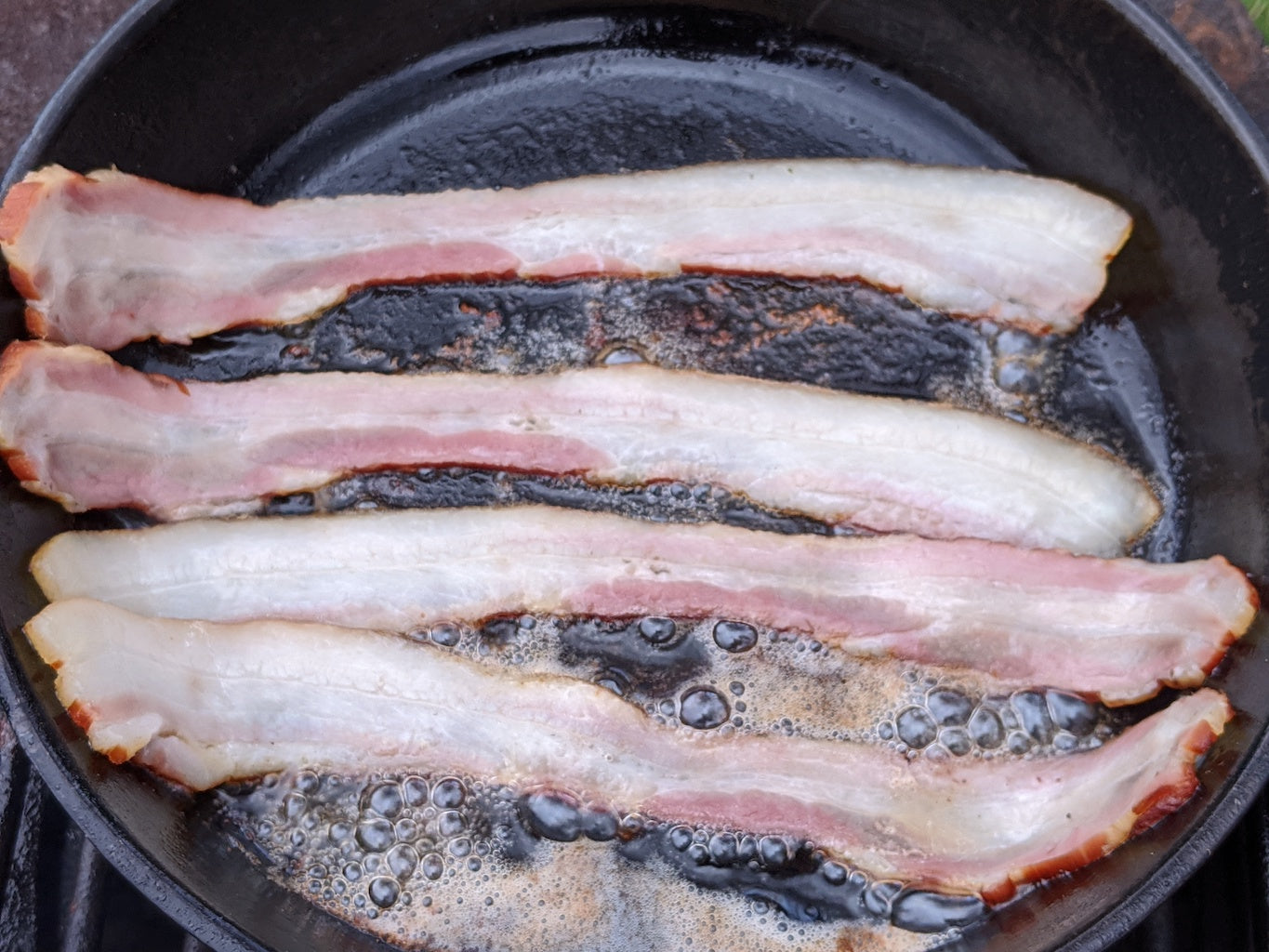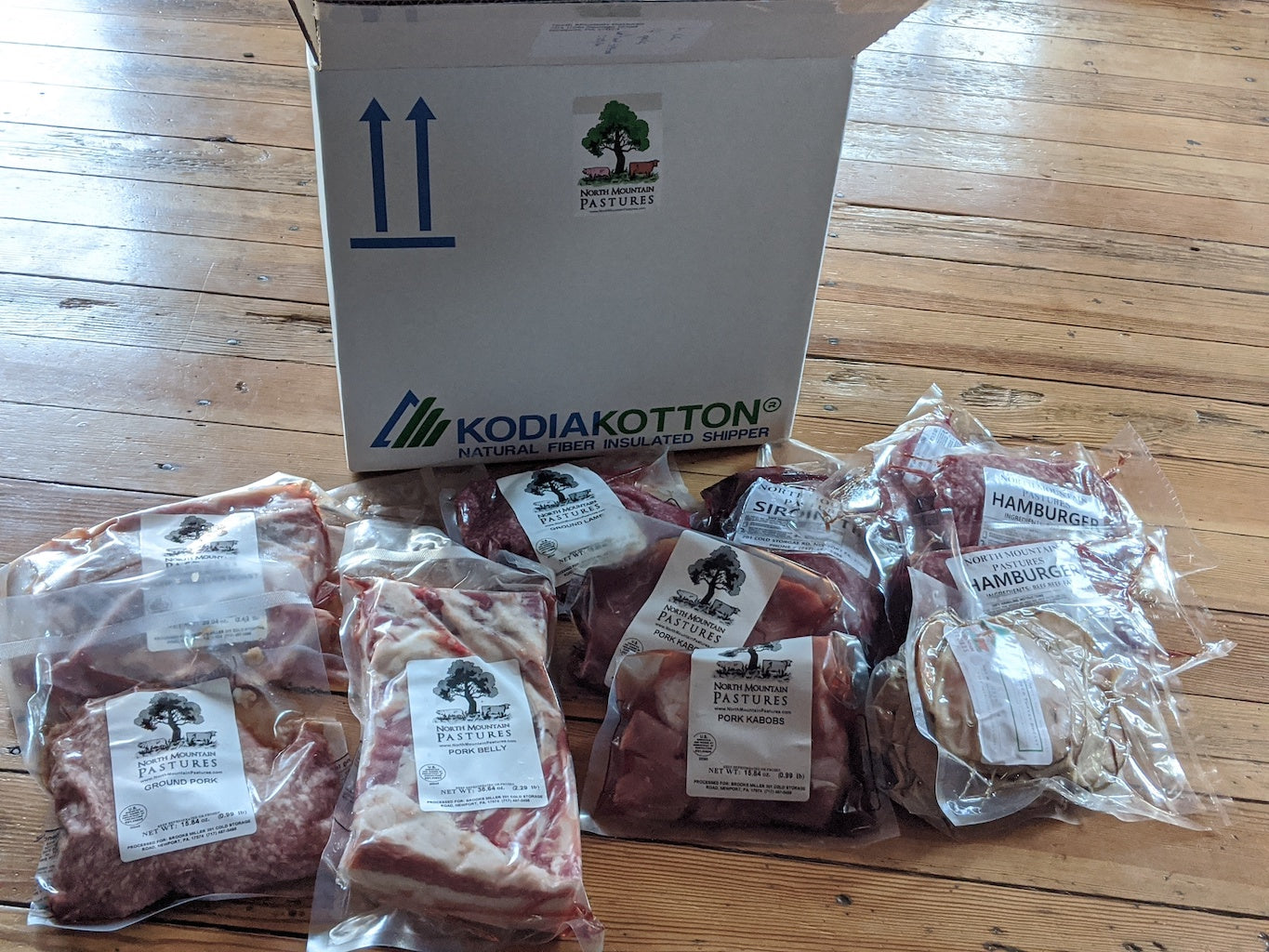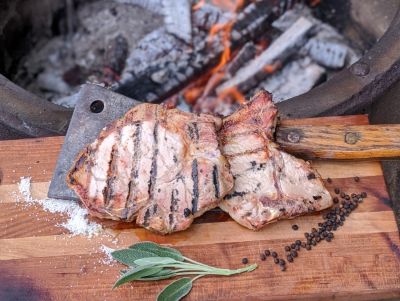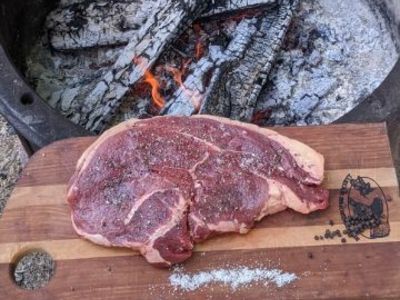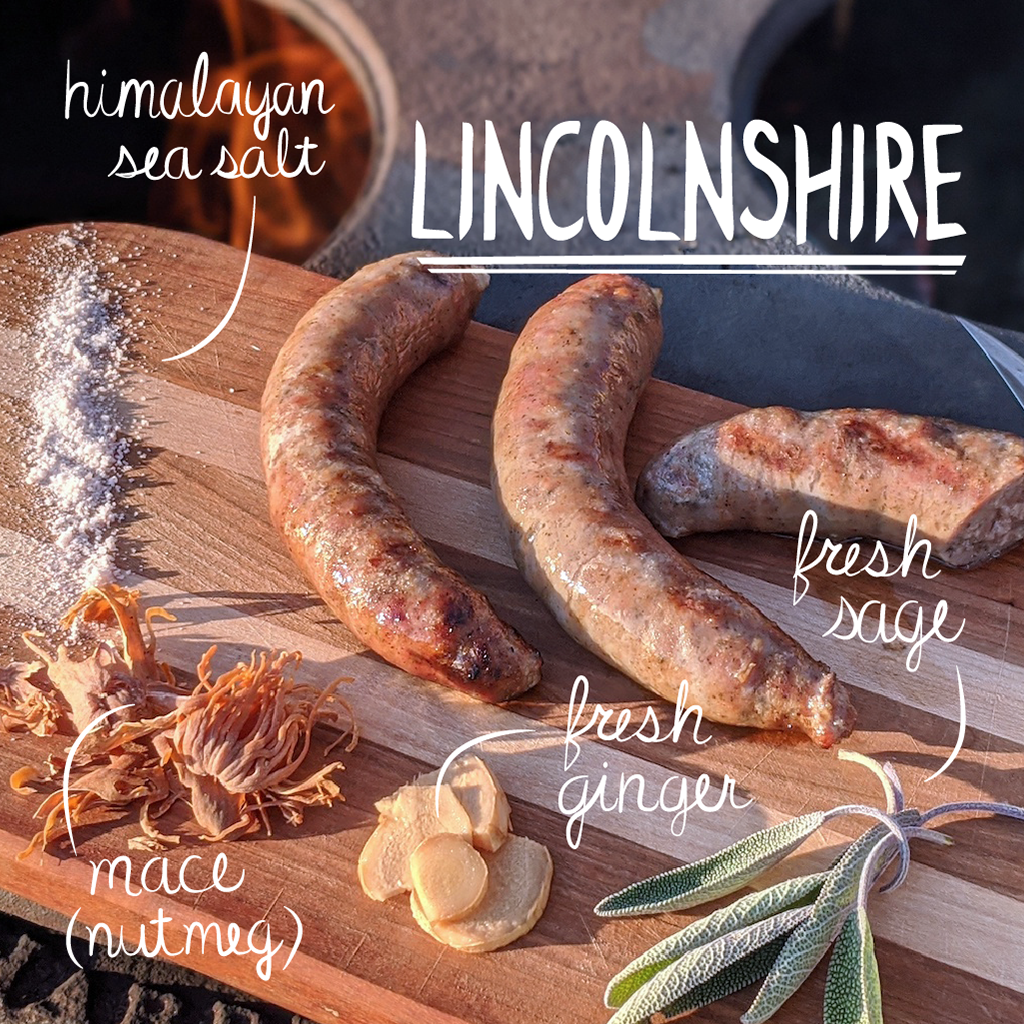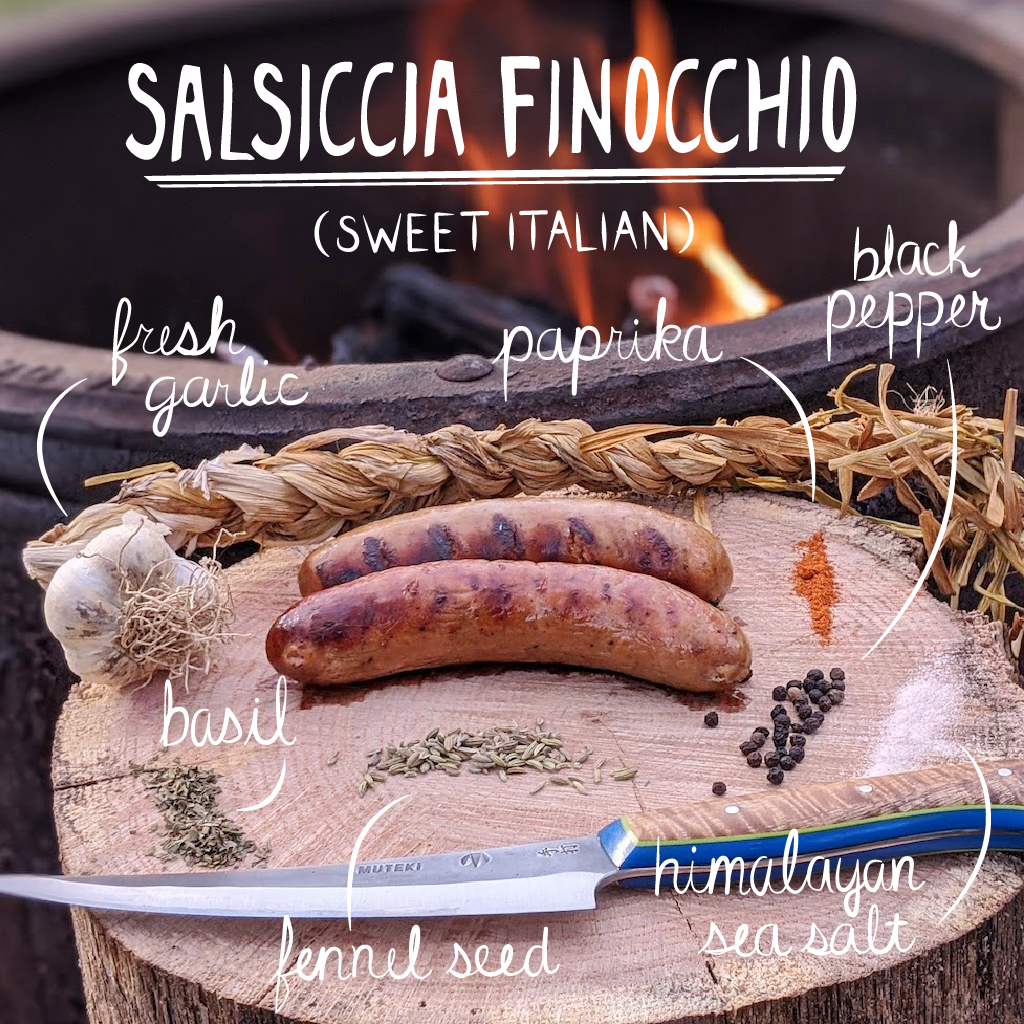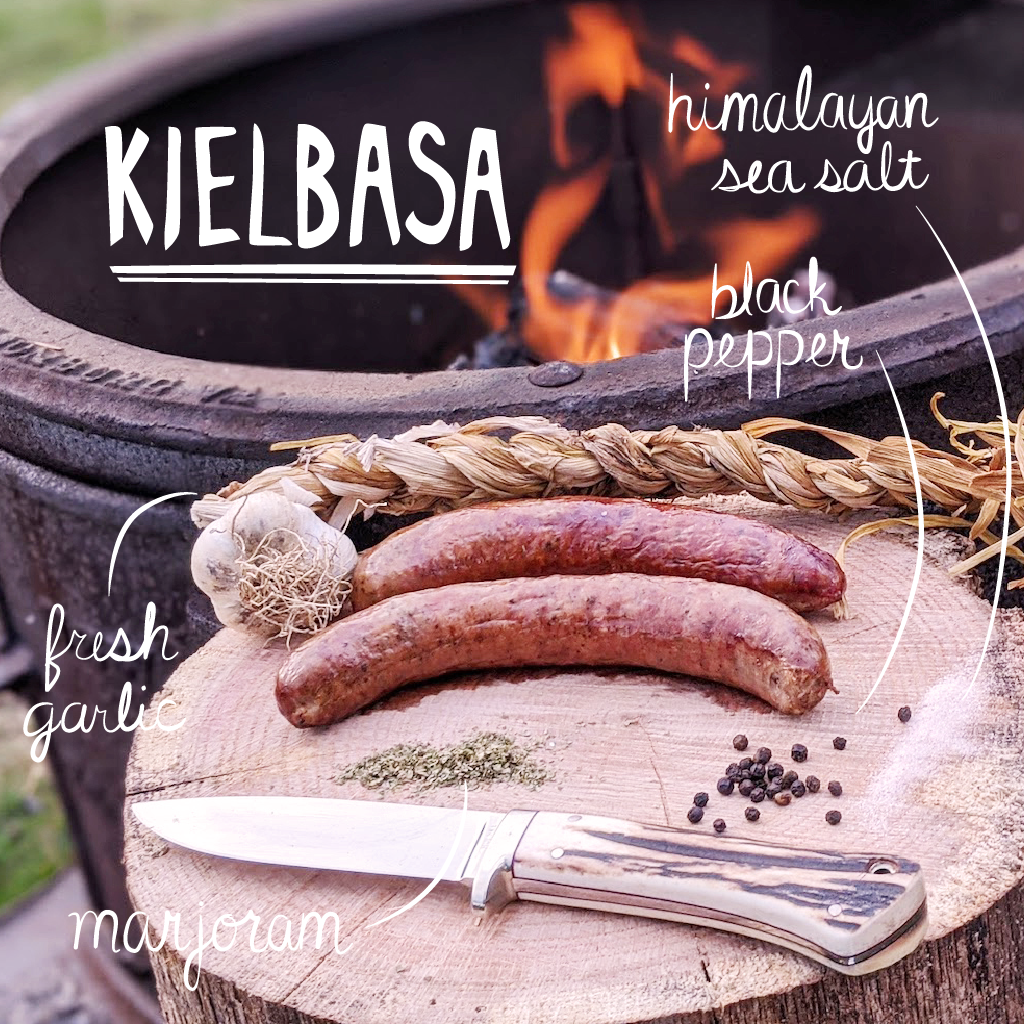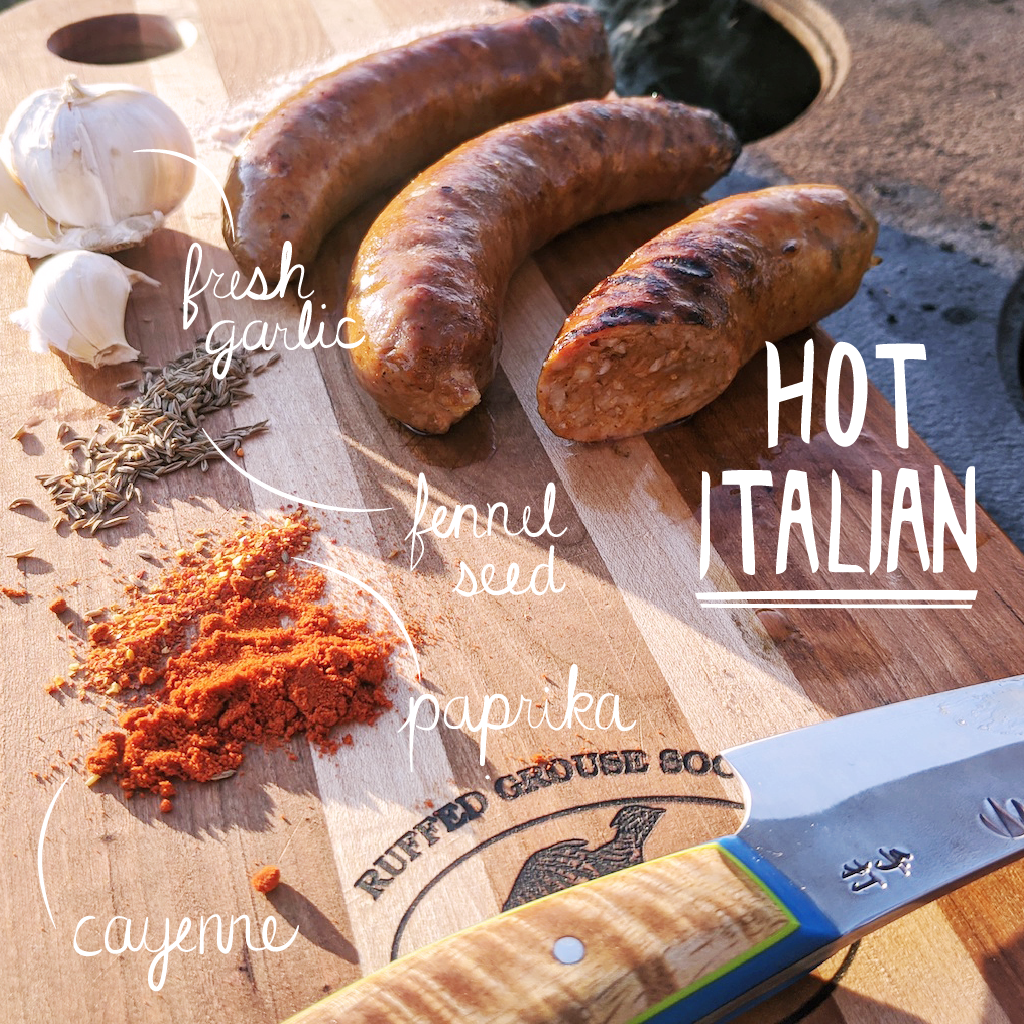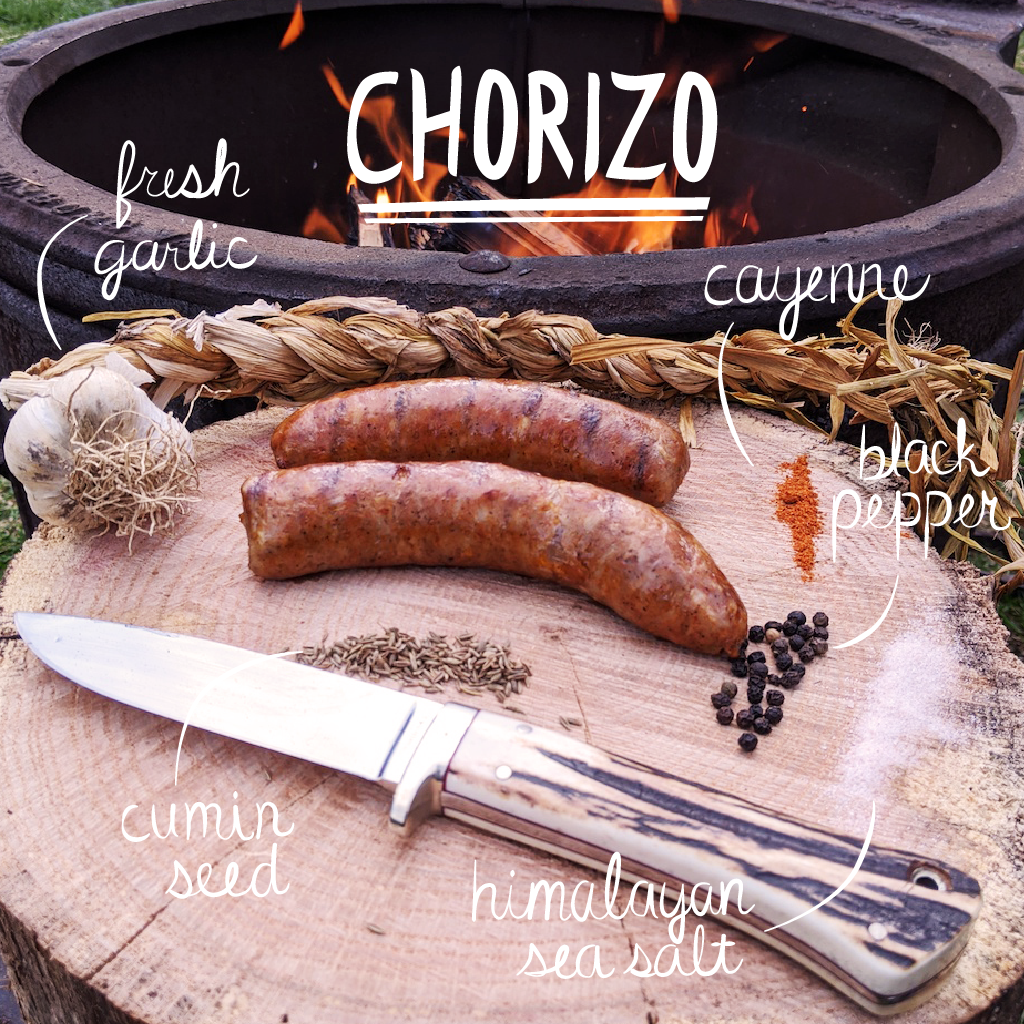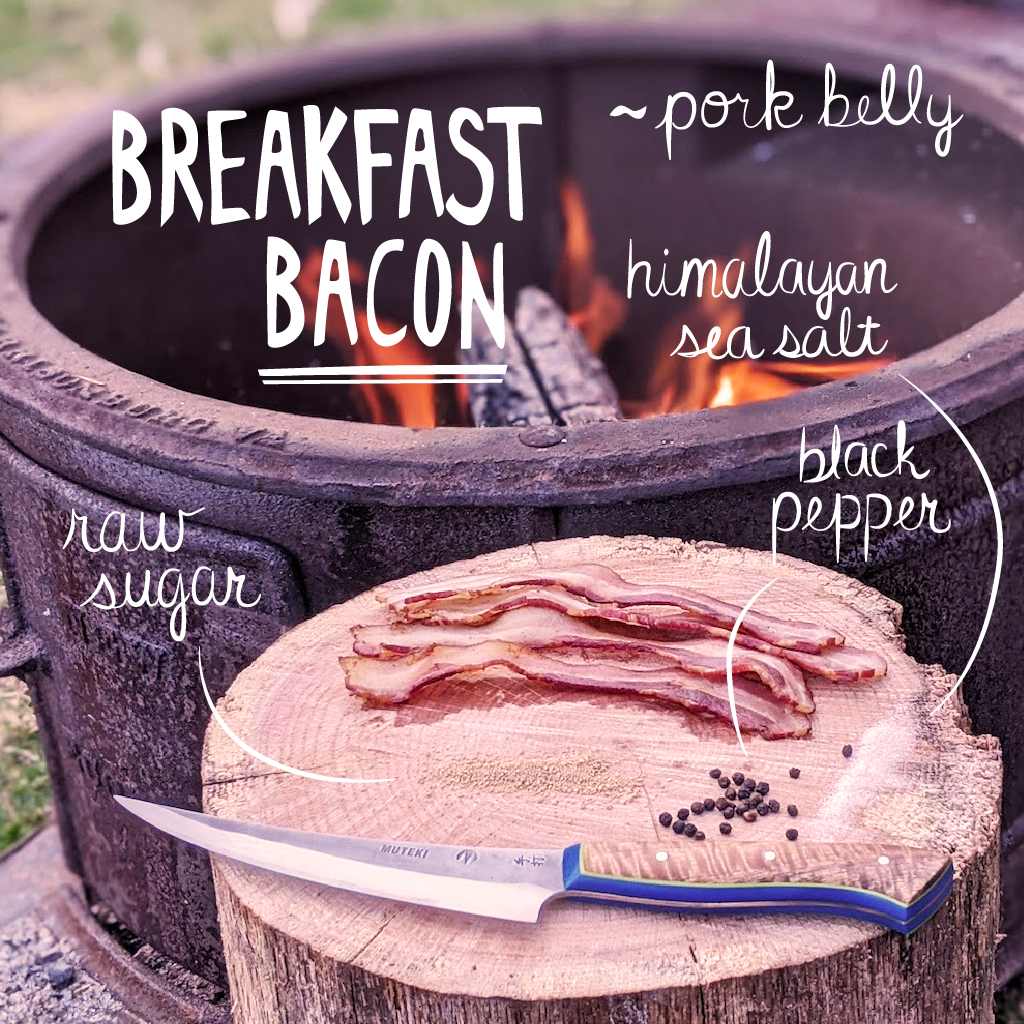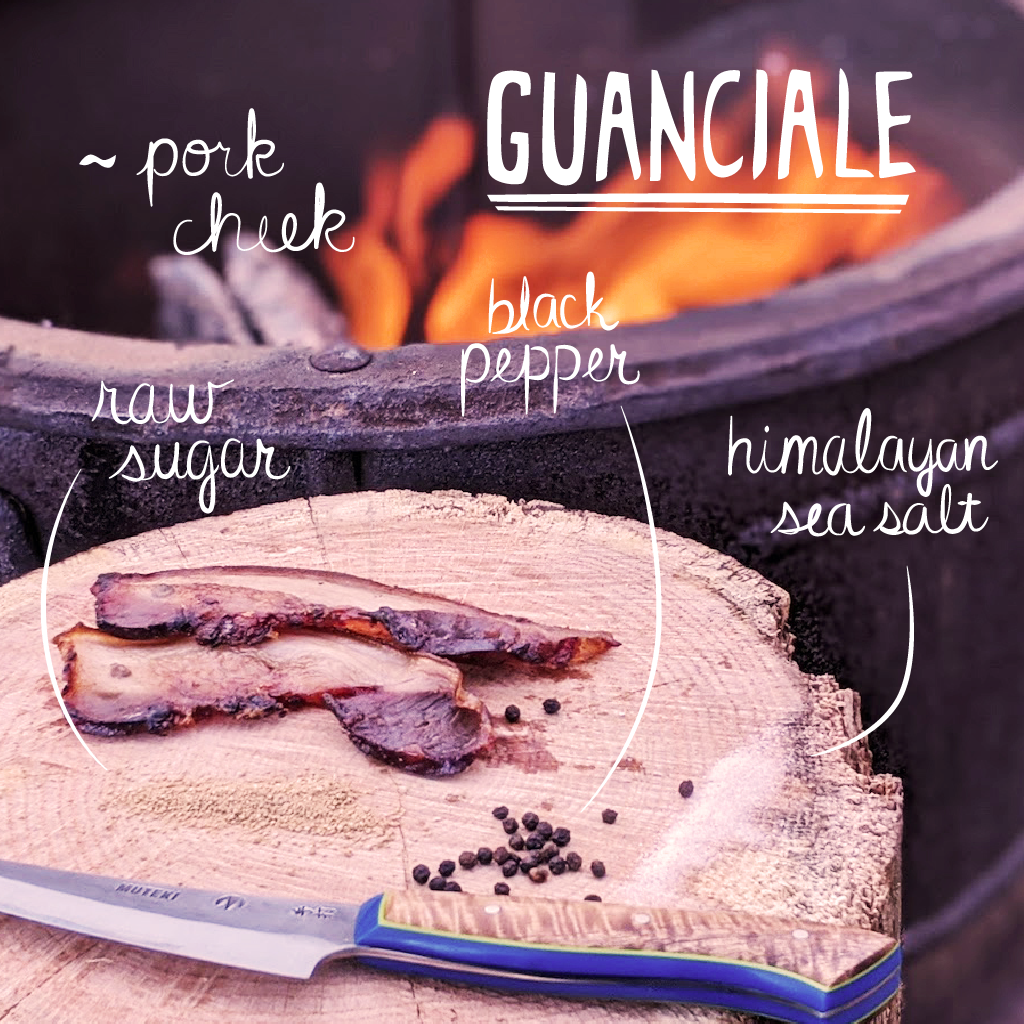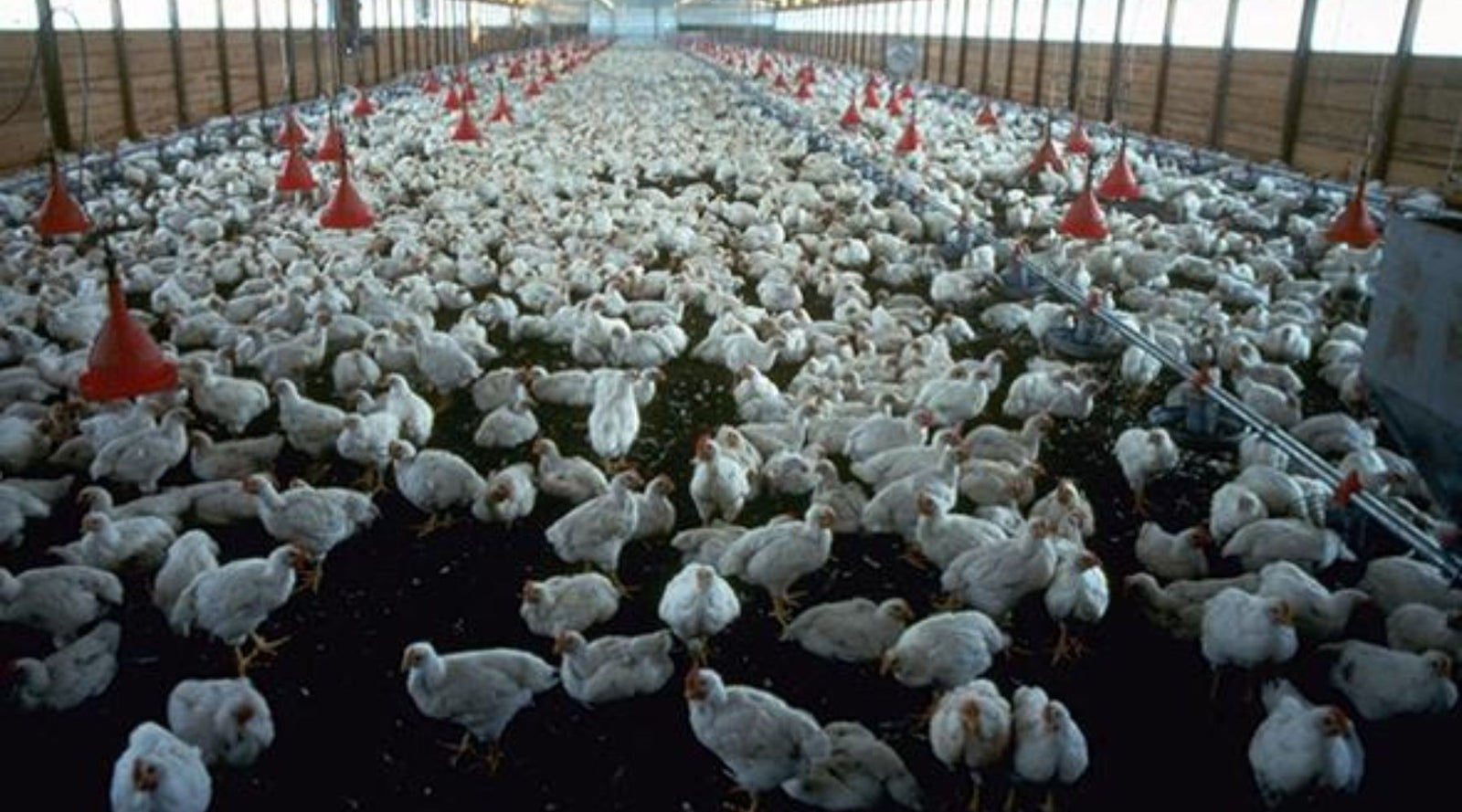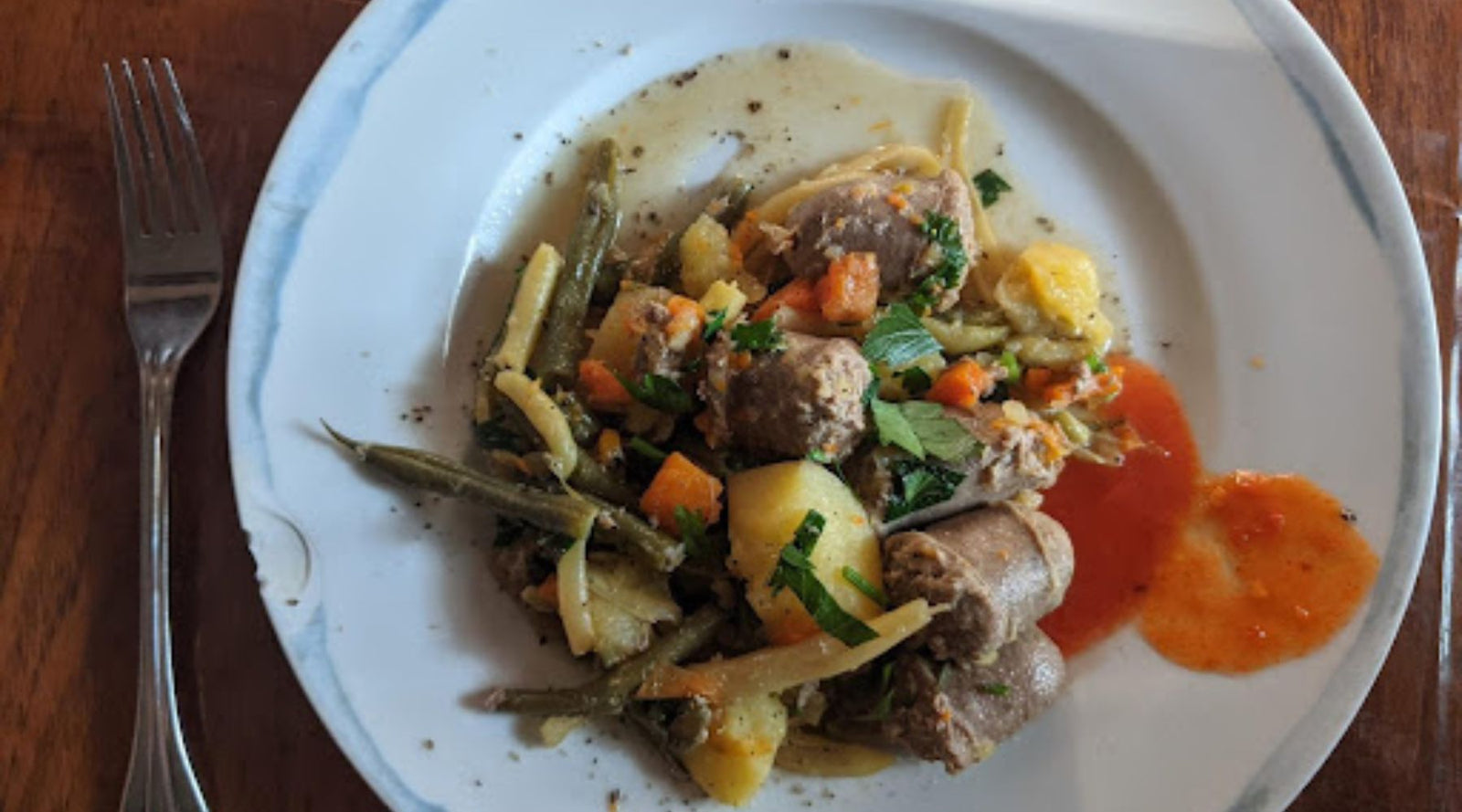Your Cart is Empty
What is going on and How it got to be this way
Here in America, we love chicken and eat a lot of chicken. When Brooks was growing up, his mom allegedly made chicken breasts for dinner every single night, a few different ways. She worked hard and no doubt provided fabulously for the family. However, Brooks’ sister did become a vegetarian as a teenager due to being fed up with chicken every night.
Emelyn Rude, author of Tastes Like Chicken says in an interview with Civil Eats,
“Going through all the cookbooks, you go back 100 years and recipes used to be so diverse. Now it’s 60 percent cut chicken breasts—that’s the only thing people know how to cook anymore. It’s one of my weird fears, that it will take over the world, and there will be nothing left but boneless, skinless chicken breasts.”
What happened?
A short history of chicken
In the early 1900s and all prior history, chicken meat was actually a delicacy. People kept chickens for eggs, and occasionally butchered one for a holiday or Sunday supper feast. Chickens yielded little meat in proportion to the labor and inputs to raise and process them. In 1928, when Herbert Hoover promised during his presidential campaign that there would be a “chicken in every pot”, (along with a “car in every garage”), this was a promise of economic growth and prosperity. Hoover was not able to deliver on this ambitious promise, as the 1929 stock market crash pushed us into the Great Depression.
It wasn’t until the '50s that chicken meat became more of an everyday, non-luxury food. Food production and the economy were changing rapidly between 1930 and 1950 away from many small self sufficient local farms to more and more concentrated, industrialized farms. The concept of keeping large quantities of chickens inside took off when it was identified as being profitable at a corporate level. Large companies bought feed mills, hatcheries, and contracted with farmers to control and profit from the entire industry. Along with refrigeration, breeding of easily fattened broiler chickens, synthetic vitamin D, and antibiotics in the feed, this was the perfect recipe for cheap easily available chicken for all Americans. Emelyn Rude went on to say in herinterview,
“The discovery that antibiotics are basically chicken Miracle-Gro, regardless of how you feel about that, made chicken cheap. The fact that you could add something to their feed and they grew three times as fast changed everything...When commercial broilers came out in the ‘40s and ‘50s, people loved them because it was a completely new texture. It was like a pork chop—a juicy, fat food.”
The Chicken Industry - origin of American “Meat Racket”
Christopher Leonard, former national agribusiness reporter and NMP meat CSA member, wrote the book The Meat Racket, an expose of the meat packing industry in America.
I don’t recommend it as bedtime reading, but it is good to know the truth.
Leonard writes,
“Just a handful of companies produce nearly all the meat consumed in the United States, and Tyson is the king among them. The company sits atop a powerful oligarchy of corporations that determines how animals are raised, how massive profits and remaining almost entirely opaque to the consumer. Because Tyson and its imitators are based in the geographic and economic fringes of America, in forgotten places like Waldron, the company has managed to escape the scrutiny it deserves. While Tyson’s operations are remote, the company’s business practices affect virtually everyone. About 95 percent of Americans eat chicken, which means they almost certainly eat chicken produced by Tyson. Because of this, American consumers are using their money to support a system that keeps farmers in a state of indebted servitude living like modern-day sharecroppers on the ragged edge of bankruptcy. The system extracts its costs from consumers as well. There is so little competition in the meat industry today that companies like Tyson can virtually raise the price of meat at will. And these companies have been raising prices more and more in recent years, even as the wages of U.S. households have stagnated.”
“...There is no way to better understand the way our food is produced than to understand Tyson Foods. Tyson hasn’t just insinuated itself into virtually every corner of the modern food system; Tyson helped invent the very system intself. The company was founded in the depths of the Great Depression, just as American agriculture was undergoing the greatest upheaval in its history. The company helped redraw the new system that emerged. By doing so, it wrote the blueprint for modern meat production.”
“...While Tyson doesn’t directly own most of the farms that supply it with animals, it controls them through the use of restrictive contracts. It’s as if the broad-based network of small businesses that were once the backbone of rural America had been sucked into a single, towering silo called Tyson Foods. “
“...Tyson first pioneered this model in the poultry business. Then the company expanded into raising hogs. Within two short decades America’s independent hog industry was wiped out and replaced with a vertically integrated, corporate-controlled model. Ninety percent of all hog farms disappeared. The amount of money spent at grocery stores went up, but the amounbt of money farmers received went down. Companies like Tyson keep much of the difference. ”
“...People didn’t see the radical transformation that was taking place on American farms, but the benefit invisibly accrued to their food budgets with each pound of Tyson chicken, beef, and and pork they brought home. But this benefit wasn’t free. Consumers got savings up front, but they paid for it over time. [emphasis mine] Essentially, consumers traded away the U.S. farming system in order to get the up-front savings from industrial meat. Each new Tyson farm, and each new Tyson meat factory, at away at the fabric of a profitable sector of Middle America’s economy.”
Such monopolies are nothing rare or new, and corporate profits removed from the ground level realities abound in many industries.
In the case of our food system, this means far reaching negative effects, including low wages and dangerous conditions for poultry warehouse and slaughterhouse workers, antibiotic overuse and its associated dangers, dependence on fossil fuels, GMOs, soil loss and water pollution and food safety, and on and on.
Leonard goes on to say,
“Today, no matter what Tyson or its competitors do, they seem to have run up against a wall of just how cheaply you can raise a bird on a given amount of food. The same thing is happening with the hog and the cow, who appear to be getting as fat as the laws of biology will allow on their given rations of feed.”
At the same time, a totally different and encouraging trend is happening. The organic foods industry is growing rapidlywhich proves that there are a growing number of people who care about the issues and no longer care to blindly support the big ag industry.
Emelyn Rude comments,
“I definitely think there is a way that we can take into account all the factors—animal welfare, the environmental issues. Changes in the industry now are definitely moving towards organic, free range, etc. in reaction to consumer demand. But the consumer needs to know you can’t have five-cent chicken breasts anymore when the industry has to make those changes.”
Stay tuned for Chicken Part 2 where I will discuss alternatives to factory farmed chicken, what the labels mean, and what pasture- raised looks like.
In conclusion, I understand that this was long and I thank you for staying with me in becoming a little more well-informed. When we know better, we can do better. And there is a better option: pasture-raised chicken.
Thank you all so much for supporting local foods, and thereby being drivers of positive change!
Learn More:
ConsumersUnion.org - The Overuse of Antibiotics in Food Animals Threatens Public Health
Civil Eats - Ten things to Know Before you Eat your Next Chicken Dinner
The Guardian - Reconsider factory farming chicken?
Big Poultry workers are literally peeing their pants so Americans can have cheap chicken
